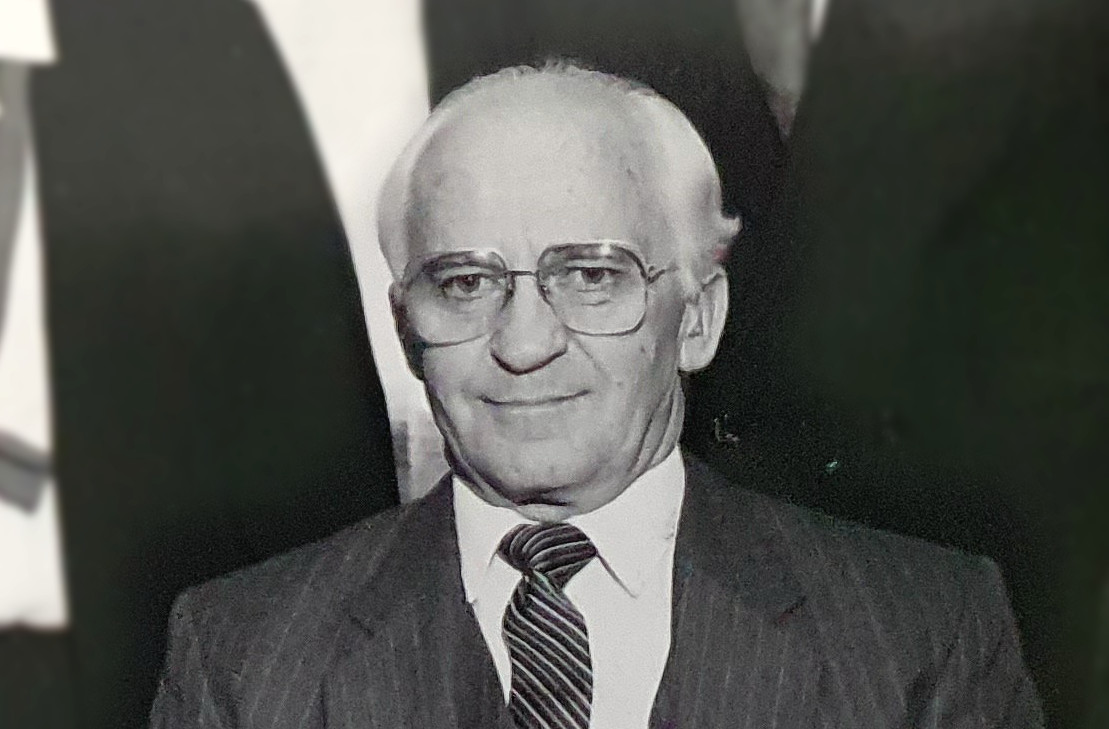
Born in Tasmania in 1933, Michael Dakin moved to New Zealand in 1950 at the age of sixteen.
With few qualifications and little work experience, he moved from job to job searching for a worthwhile opportunity. This came, unexpectedly, through serving in the New Zealand Army under the country’s compulsory military training scheme.
Mike joined the Regular Army in 1956 as a gunnery instructor and was later commissioned as an artillery officer. He served in Vietnam in 1966 and left the army on his return. He had been a keen observer of people’s behaviours in the previous sixteen years and followed this interest in his future occupations.
Eleven years in the military had equipped him with practical skills for working with people, as well as skilling him in administrative, legal and organisational practices. These attributes suited him for his new role as an industrial advocate, representing employer collectives in negotiations with workers’ unions.

Over the next four years, Mike grew in knowledge and understanding of human behaviour through his exposure to many employment environments. He perceived common patterns of behaviour in organisations that were often dysfunctional, and he formed a view of how that could be remedied.
In 1975, he was invited to establish the human resources function for LD Nathan Group, a manufacturing company, which had failed in two previous attempts. The role was essentially one of change agent, and Mike had the opportunity to put his ideas into practice.
Stepping further into coaching just got a whole lot less daunting

We've got the tools and features you've been looking for to help you create more impact, grow your coaching practice and create meaningful insights you and your clients can explore together
In the first two years, he introduced an educational program to establish a standard system of management for the whole organisation. The program was successful partly because it met a critical need, but largely because of the personal participation of the chief executive and his team.
Mike noted two flow-on effects. The first of these was the evident thirst for knowledge and personal growth among the participating managers, followed by an energising boost to morale company-wide. The second effect was that, where the participants had been distant strangers - names with no faces - before meeting at program sessions, they were now communicating more openly in their day-to-day contact, although there was still friction among them.
Realising that the afterglow would quickly die away, Mike introduced a new program aimed at improving behaviour at a personal level. This program was based on transactional analysis (TA), a relatively new approach to behavioural coaching. This program brought instant benefits, and people began to act like human beings instead of corporate clones.
These two initiatives fundamentally changed the culture of the company, permanently.
From the outset, Mike had also taken action to establish the HR function, organised under three heads: recruitment, training and development, and staff relations. Bur making “people” decisions was being hampered by the lack of reliable, comparative data when selecting people for hiring, promotion or further development.
Promana's assessments emerge
With no standard model to guide judgement calls, Mike was frustrated by the vague and often specious reports submitted by external agencies: none of them described real-time observable behaviours. He began his search for assessment systems that were pragmatic and relatable to real organisations.
After four years, and with the assignment substantially complete, Mike and his family returned to Auckland where he established Professional Management, a consultancy specialising in organisational behaviour. He continued his search for a suitable assessment system over the next year before deciding to build his own, based on behavioural models he had found useful in his career.
The first version produced five surveys that assessed vocational preferences, use of time, motivation, communicating and operating style. They were followed shortly by assessments for team dynamics and response to stress.

